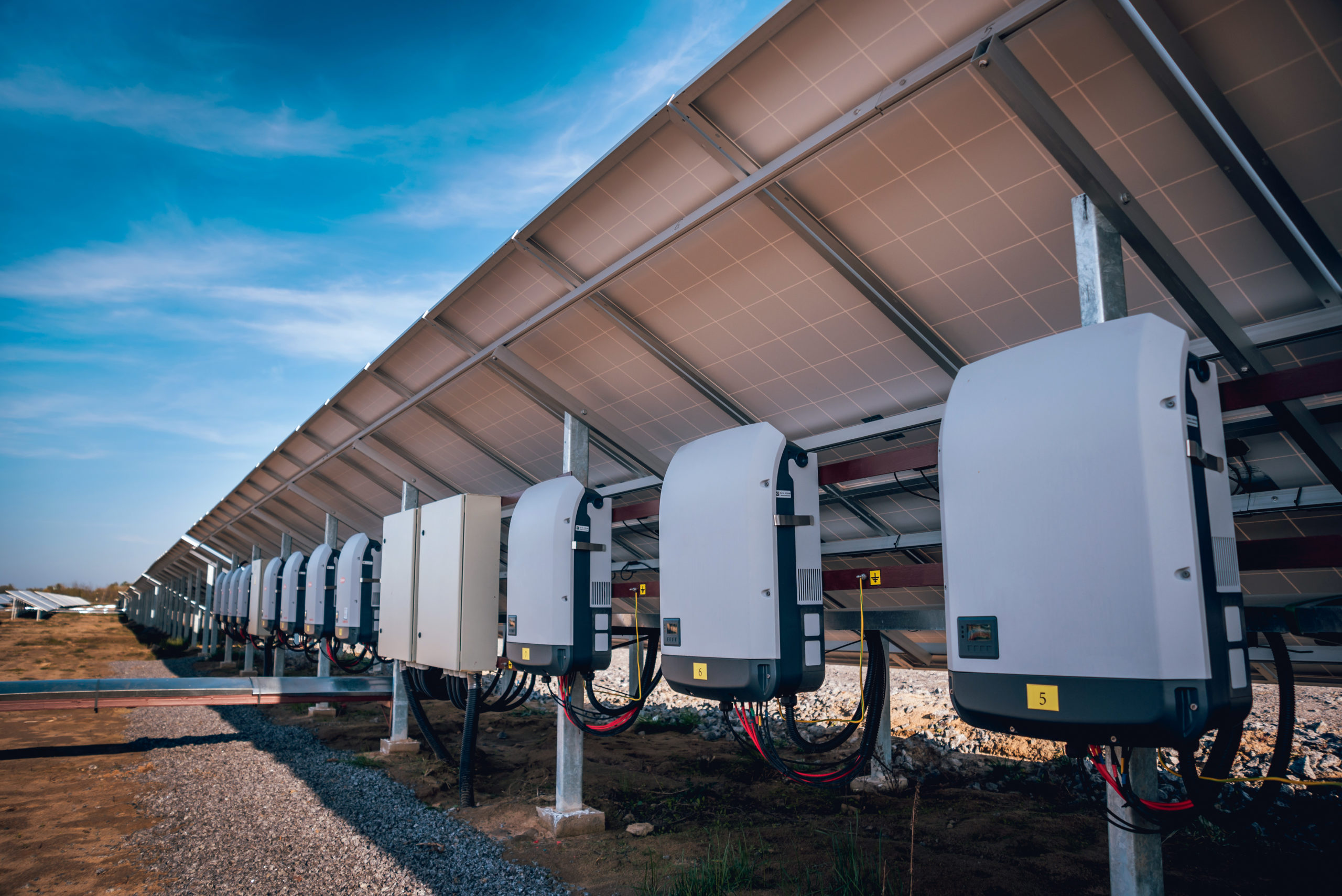Setting up a solar panel can be an overwhelming process. One of the most important parts of setting up a solar panel is choosing the right inverter. Inverters are important because they help the solar panel function. The inverter primarily converts DC power into AC power. Thanks to some of the recent technological advancements, inverters have monitoring capabilities that allow people to quickly analzye how the solar panel is performing. Keep in mind that there are multiple types of inverters. With that being said, here is a look at the different types of inverters and their impact on solar panels.
Central Inverters
Central inverters are known for their large size. Central inverters can handle multiple strings of panels. The strings in central inverters are connected together in a common box that sends the DC power to the central inverter. Central inverters do not require a lot of component connections. However, they do need a pad and combiner box. Central inverters should be used for large solar panels that provide consistent production.
String Inverters
Remember that solar panels are installed in rows on a string. There are multiple strings attached to one string inverters. The strings help carry DC power from the solar panels. The DC power is then converted into AC power that is used as electricity. String inverters are mostly used during installations without shading issues. The panels are often on a single plane. The output of each solar panel on the string is reduced to the lower panels’ level. String inverters are less expensive than systems that use micro-inventers. String inverters are often used in residential applications. Recent technological advancements have helped string inverters gain more power in smaller sizes.
Battery Inverters
Battery inverters continue to grow in popularity. These types of inverters are appealing because they help operate loads regardless of the condition or if there is a power outage. The battery connects the energy between the grid and the array while keeping the batteries charged up.
Microinverters
Microinverters are being used for commercial and residential installations. Microinverters are installed on each solar panel. Microinverters convert power right at the solar panel, so they do not require a string inverter. Because of the panel level conversion, one panel performing on a lower level will not impact the performance of every panel. Microinverters analyze each individual panel. Microinverters are an asset during installations where planes are heading in multiple directions.







